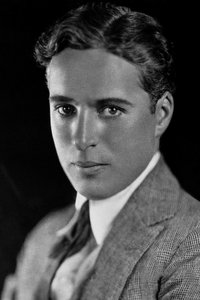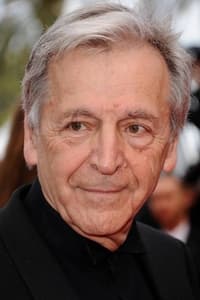Chaplin Today: 'The Great Dictator'
Genres
DocumentaryTV Movie
OverView
A short documentary about the making of "The Great Dictator."
Others
Budget
$--
Revenue
$--
Status
Released
Original Language
English
Runtime
26 mins
Rating
6.4/10
Release Date
30 December 2003
Country
France


